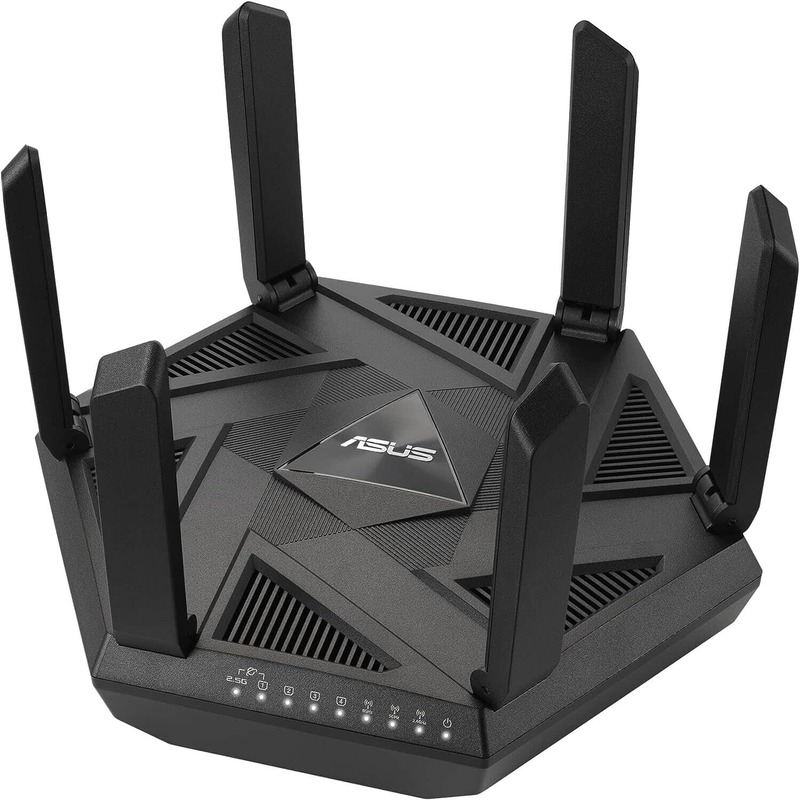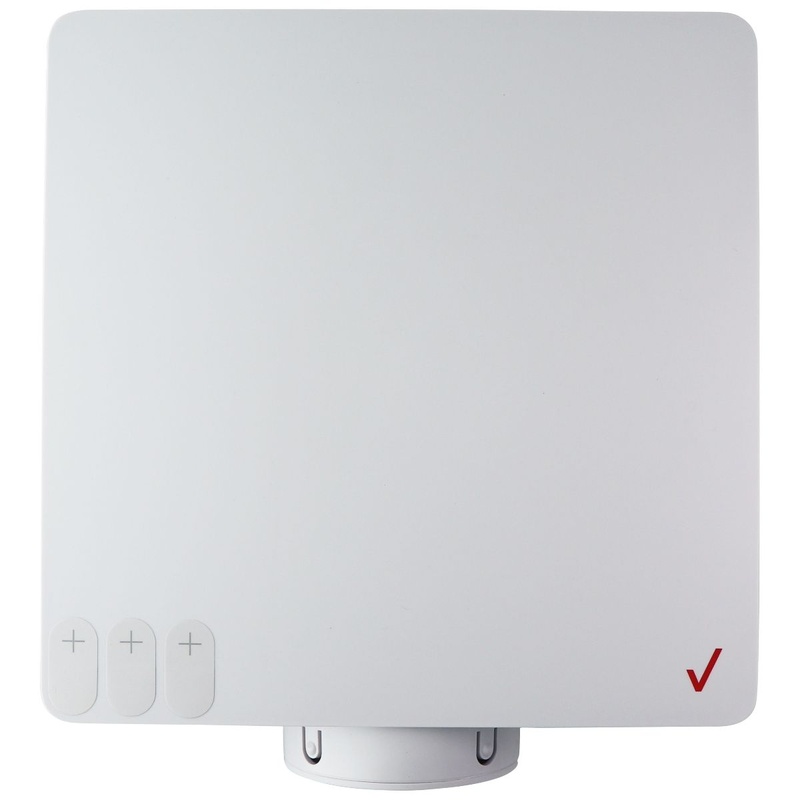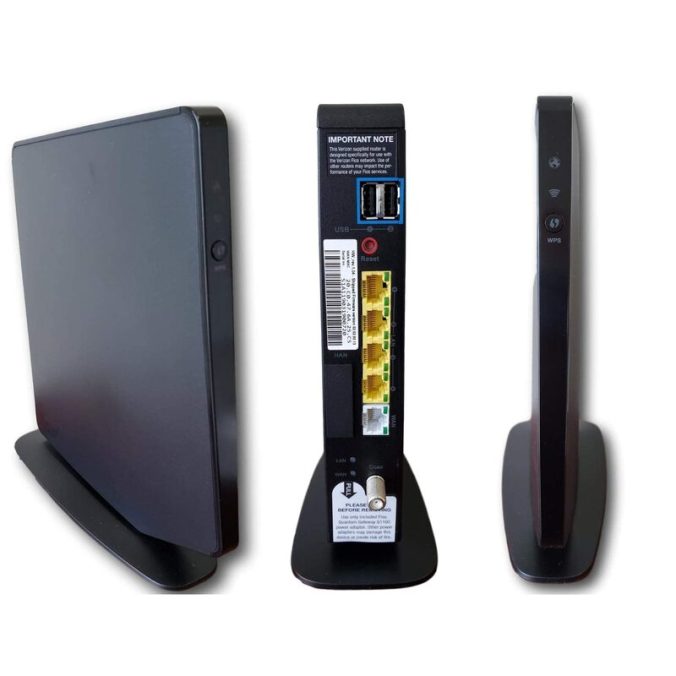How to know how many devices are connected to my wifi router? Monitoring the number of devices connected to your Wi-Fi router is crucial for managing network performance and security. An overloaded network can lead to slow internet speeds and connectivity issues, while unauthorized devices can pose security risks. Therefore, being able to identify connected devices helps you maintain a stable and secure network. This comprehensive guide explores various methods for checking connected devices, the importance of monitoring network activity, and tips for managing your Wi-Fi network effectively. By following these insights, you can ensure optimal performance and security for your home or office network.
How to know how many devices are connected to my wifi router? Methods
How to know how many devices are connected to my wifi router? There are several methods available for identifying the number of devices connected to your Wi-Fi router. Therefore, exploring these techniques helps you choose the most convenient and effective option.
Router’s Web Interface
One of the most straightforward methods to identify connected devices is by accessing your router’s web interface. To do this, open a web browser and enter your router’s IP address in the address bar. Common IP addresses include “192.168.1.1” or “192.168.0.1”. Enter your router’s admin username and password to log in, usually found on the router’s label or user manual. Once logged in, navigate to the “Connected Devices” or “Device List” section. This section provides a detailed list of all devices currently connected to your network, including their IP addresses and device names. Therefore, understanding how to access the router’s web interface ensures you can easily monitor connected devices.
Mobile Apps
Many modern routers come with companion mobile apps that provide user-friendly access to network management features. These apps often include features that allow you to view and manage connected devices. Download the app associated with your router’s brand from your device’s app store. Open the app and log in using your router credentials. Navigate to the section that displays connected devices, where you can see a list of all active devices on your network. Mobile apps offer the convenience of monitoring your network from anywhere. Therefore, recognizing the usefulness of mobile apps highlights their role in network management.

The Importance of Monitoring Connected Devices
Monitoring the number of devices connected to your Wi-Fi router is essential for several reasons. Therefore, exploring the importance of this practice underscores its impact on network performance and security.
Maintaining Network Performance
A crowded network with too many connected devices can lead to decreased internet speeds and poor performance. Each device shares the available bandwidth, which can become insufficient if many devices are online simultaneously. By monitoring the number of connected devices, you can identify and manage bandwidth usage, ensuring optimal performance for critical tasks. Removing unnecessary devices or upgrading your internet plan can help maintain smooth and efficient network operation. Therefore, recognizing the importance of maintaining network performance emphasizes the need for regular monitoring.
Enhancing Network Security
Unauthorized devices on your Wi-Fi network pose significant security risks. Hackers and malicious actors can exploit weak network security to gain access to sensitive information or disrupt network operations. By regularly checking the connected devices, you can identify and remove any suspicious or unauthorized devices. Implementing strong security measures, such as changing your Wi-Fi password and using WPA3 encryption, further protects your network. Therefore, understanding the importance of enhancing network security underscores the role of monitoring in safeguarding your network.
How to know how many devices are connected to my wifi router? Additional Tools for Monitoring
Beyond the router interface and mobile apps, additional tools can help you monitor network activity and connected devices. Therefore, exploring these tools offers further insights into effective network management.
Network Scanning Software
Network scanning software is a powerful tool for identifying and managing connected devices. Programs like Fing, Advanced IP Scanner, and SoftPerfect Network Scanner provide detailed information about all devices on your network. These tools scan your network and generate a list of connected devices, including IP addresses, MAC addresses, and device names. Some software also offers features like device categorization, alert notifications, and history logs for ongoing monitoring. Network scanning software provides a comprehensive view of your network, making it easier to manage and secure. Therefore, recognizing the advantages of network scanning software underscores its utility in network management.
Command-Line Tools
For tech-savvy users, command-line tools offer another method for monitoring connected devices. Using the Command Prompt on Windows or Terminal on macOS/Linux, you can execute network commands to gain insights into your network’s status. Commands like “arp -a” display a list of active IP addresses and their corresponding MAC addresses on your network. While this method requires some technical knowledge, it provides a quick and efficient way to check connected devices. Therefore, understanding the significance of command-line tools highlights their effectiveness for advanced users wanting detailed network insights.

Best Practices for Managing Wi-Fi Network
Effective management of your Wi-Fi network ensures continued performance and security. Therefore, exploring best practices helps you maintain a stable and secure network environment.
Regularly Update Firmware
Keeping your router’s firmware up to date is critical for maintaining security and performance. Router manufacturers often release firmware updates that address security vulnerabilities, improve performance, and add new features. Check for updates periodically through your router’s web interface or mobile app. Follow the manufacturer’s instructions to install the updates, ensuring your router operates at its best. Regular firmware updates protect against known threats and enhance network stability. Therefore, recognizing the importance of updating firmware underscores its role in network management.
Implement Strong Network Security
Strong network security measures are essential for protecting your Wi-Fi network from unauthorized access and cyber threats. Implement WPA3 encryption, the latest and most secure Wi-Fi encryption standard, to protect your network. Use a strong, unique password for your Wi-Fi and router admin credentials. Change default usernames and passwords to prevent easy access. Additionally, consider enabling network features like guest networks, which isolate guest devices from your main network. Implementing these security measures helps safeguard your network and sensitive data. Therefore, understanding the significance of strong network security emphasizes its necessity in effective Wi-Fi management.
Common Misconceptions About Monitoring Connected Devices
There are several misconceptions about monitoring connected devices that can hinder effective network management. Therefore, exploring these misconceptions clarifies important aspects of network monitoring.
Monitoring is Only for Large Networks
A common misconception is that monitoring connected devices is only necessary for large networks. In reality, even small home networks can benefit from regular monitoring. Unauthorized devices or excessive bandwidth usage can affect any network, regardless of size. By keeping track of connected devices, you ensure optimal performance and security, whether for a single user or a large household. Therefore, recognizing the importance of monitoring for all network sizes underscores its relevance for everyone.
Monitoring Devices Requires Technical Expertise
Another misconception is that monitoring connected devices requires extensive technical expertise. While some advanced tools and methods may require technical knowledge, many user-friendly options are available. Modern routers and companion mobile apps offer intuitive interfaces that make monitoring accessible to everyone. Network scanning software provides detailed insights without needing advanced skills. Therefore, understanding the availability of user-friendly tools highlights the accessibility of network monitoring for all users.

Tips for Removing Unauthorized Devices
Removing unauthorized devices from your Wi-Fi network is crucial for maintaining security. Therefore, exploring these tips helps you effectively manage network access.
Changing Wi-Fi Password
One of the simplest and most effective ways to remove unauthorized devices is by changing your Wi-Fi password. This action immediately disconnects all devices from the network, requiring them to re-enter the new password to regain access. Choose a strong, unique password that includes a mix of letters, numbers, and special characters. Share the new password only with trusted individuals. Changing your Wi-Fi password periodically adds an extra layer of security. Therefore, recognizing the importance of changing passwords underscores its effectiveness in managing network access.
Using MAC Address Filtering
MAC address filtering is another method for controlling which devices can connect to your network. Every device has a unique MAC address, which you can use to create an allowlist or blocklist on your router. Access the MAC address filtering settings in your router’s web interface or mobile app. Add the MAC addresses of trusted devices to the allowlist, preventing any other devices from connecting. Conversely, you can block specific MAC addresses to prevent unauthorized access. MAC address filtering provides granular control over network access, enhancing security. Therefore, understanding how to use MAC address filtering highlights its role in effective network management.
Conclusion
How to know how many devices are connected to my wifi router? Knowing how many devices are connected to your Wi-Fi router is essential for maintaining optimal network performance and security. Proper knowledge ensures effective monitoring and management of your network.
Exploring your methods like router interfaces and mobile apps, recognizing the importance of network performance and security, and identifying additional tools provides valuable insights into effective monitoring. Recognizing best practices for updating firmware, implementing security measures, and debunking misconceptions further enriches understanding.
By engaging with tips for removing unauthorized devices and considering the importance of regular monitoring, you can ensure a stable and secure network. Therefore, whether you manage a small home network or a larger setup, understanding these aspects offers practical and valuable insights. Embrace the opportunity to optimize your Wi-Fi network’s performance and security, knowing you have the knowledge and resources to monitor and manage connected devices effectively!
